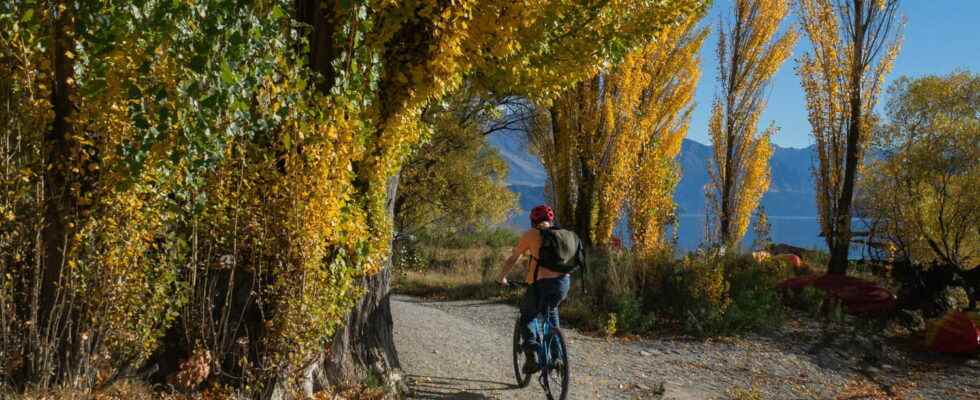Red and watery eyes, repeated sneezing, coughing… Here are some symptoms of an allergy to the plane tree, a tree that pollinates in April. What’s the cause ? Who to consult? What to do ? What treatments?
What is the period of plane tree allergy?
the plane treeornamental tree and street alignment, pollinates during the month of april (like birch). Many people have allergic manifestations that they attribute to this tree. “However, plane tree allergy is rare because its pollens have low allergenicity : they are rather the hairs of its fruits (achenes)recognizable to the yellowish heaps they deposit in the streets) which have a very irritating power”, explains Dr. Dalila Nouar, allergist-immunologist.
What are the symptoms of a plane tree allergy?
The hairs of the fruits of the plane tree plant in the mucous membranes of the nose and at the edge of the eyes. They can cause:
- Of the red, watery eyes
- Occasionally, conjunctivitis
- Of the sneezing
- A clear runny nose
- cough
In very allergic people, they can be responsible for asthmai.e. an inflammation of the lining of the bronchi leading to symptoms such as cough, wheezing, shortness of breath, and chest tightness.
What causes a plane tree allergy?
Allergy is a disorder of the immune system: in the allergic person, the body wrongly perceives the allergen as “dangerous”. When it comes into contact with plane tree pollen, it produces allergy-specific antibodies to defend itself (IgE). These cause the release of several chemical mediators, the first of which is histamine. It is she who causes the whole cascade of annoying symptoms to follow. Family background and/or repeated exposure are often involved.
Who to consult in case of plane tree allergy?
Your attending physician first. He will suggest a treatment to relieve your symptoms. “He will guide you to the allergist if the symptoms are old and insufficiently controlled by the first treatment (in particular immediate relapse after stopping the medication) which will confirm the diagnosis by skin tests and/or IgE assay vis-à-vis the plane tree and will establish an appropriate treatment”says Dr. Nouar.
During the pollination period, it is recommended to avoid take a walk or play sports in areas where there are many of this tree, to ventilate your interior either early in the morning or late at night and not to dry your laundry outside. At the same time, a treatment may be prescribed by your doctor to treat symptoms affecting the nose and eyes. “It consists of taking second-generation antihistamines (because better tolerated) by mouth as well as corticosteroids in the form of a nasal spray to clear the nose and eye drops to calm irritations affecting the eyes“, specifies Dr. Nouar. The treatment can last from a few days to a few weeks, depending on the severity of the symptoms and their evolution. If the allergy causes asthma, a bronchodilator will be added, a drug that allows open the bronchi to relieve symptoms, and long-term anti-inflammatory treatment with inhaled corticosteroids.
When to consider desensitization to plane tree allergy?
Desensitization is another solution. “It aims, by administering increasing doses of the allergen (a few drops every day for 6 months under the tongue), to induce a tolerance vis-à-vis this allergen, explains the allergist. The treatment must be carried out for 3 years. Gradually, the desensitizing effect vis-à-vis the plane tree pollen is established and the troublesome symptoms diminish or even disappear. The efficacy rate is around 80% for most available allergens.
Thanks to Dr Dalila Nouar, allergist-immunologist.
